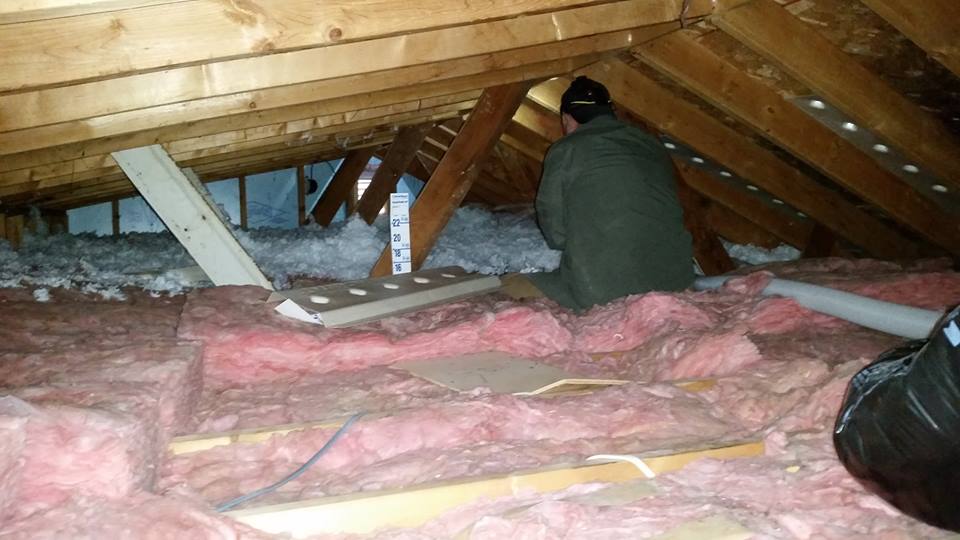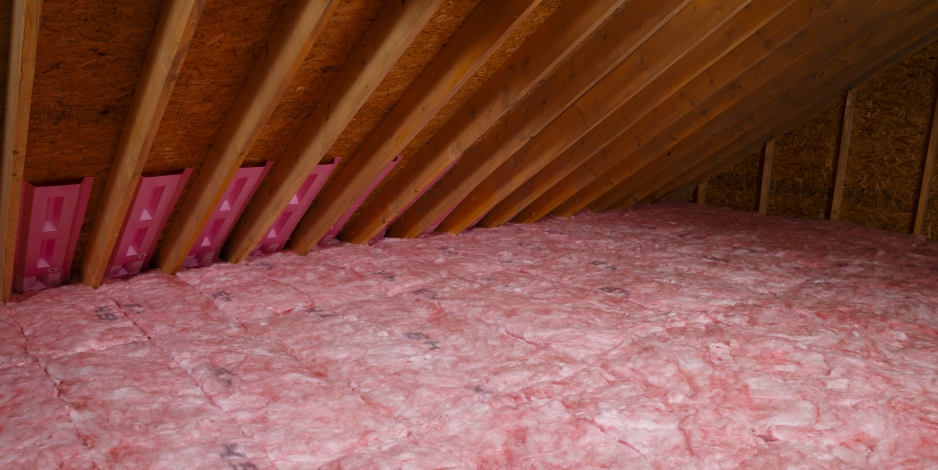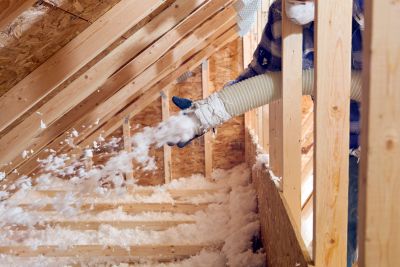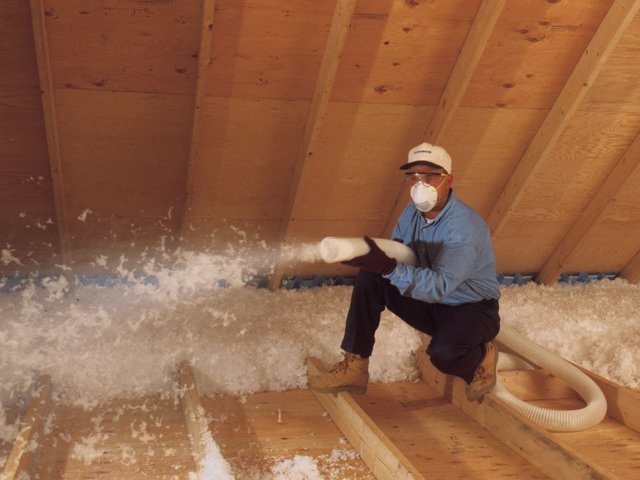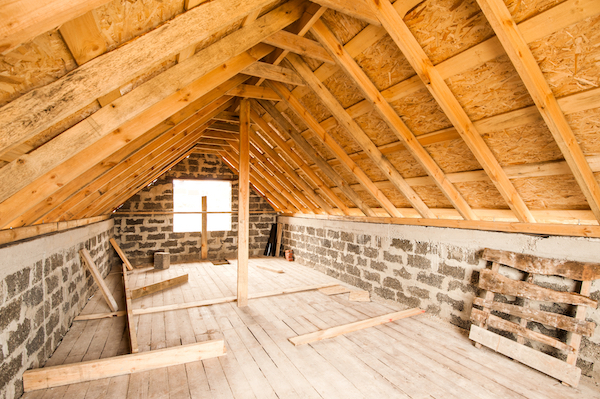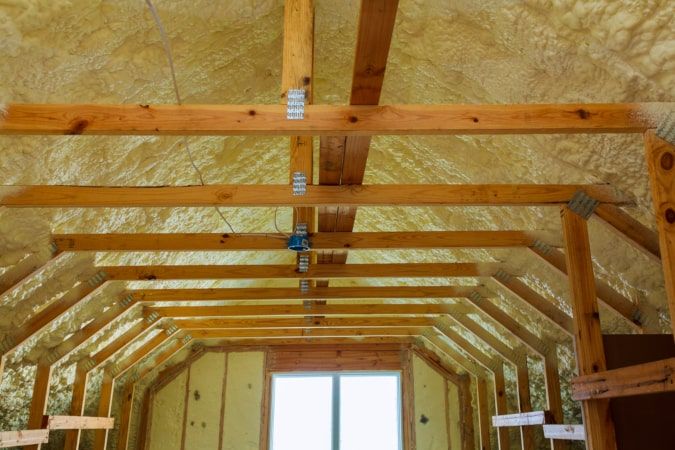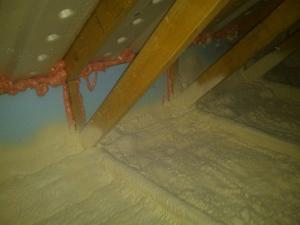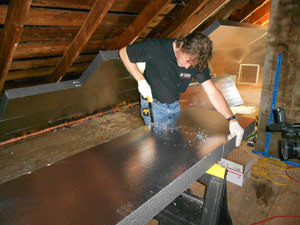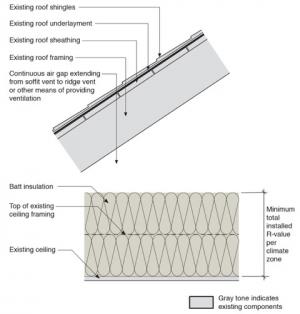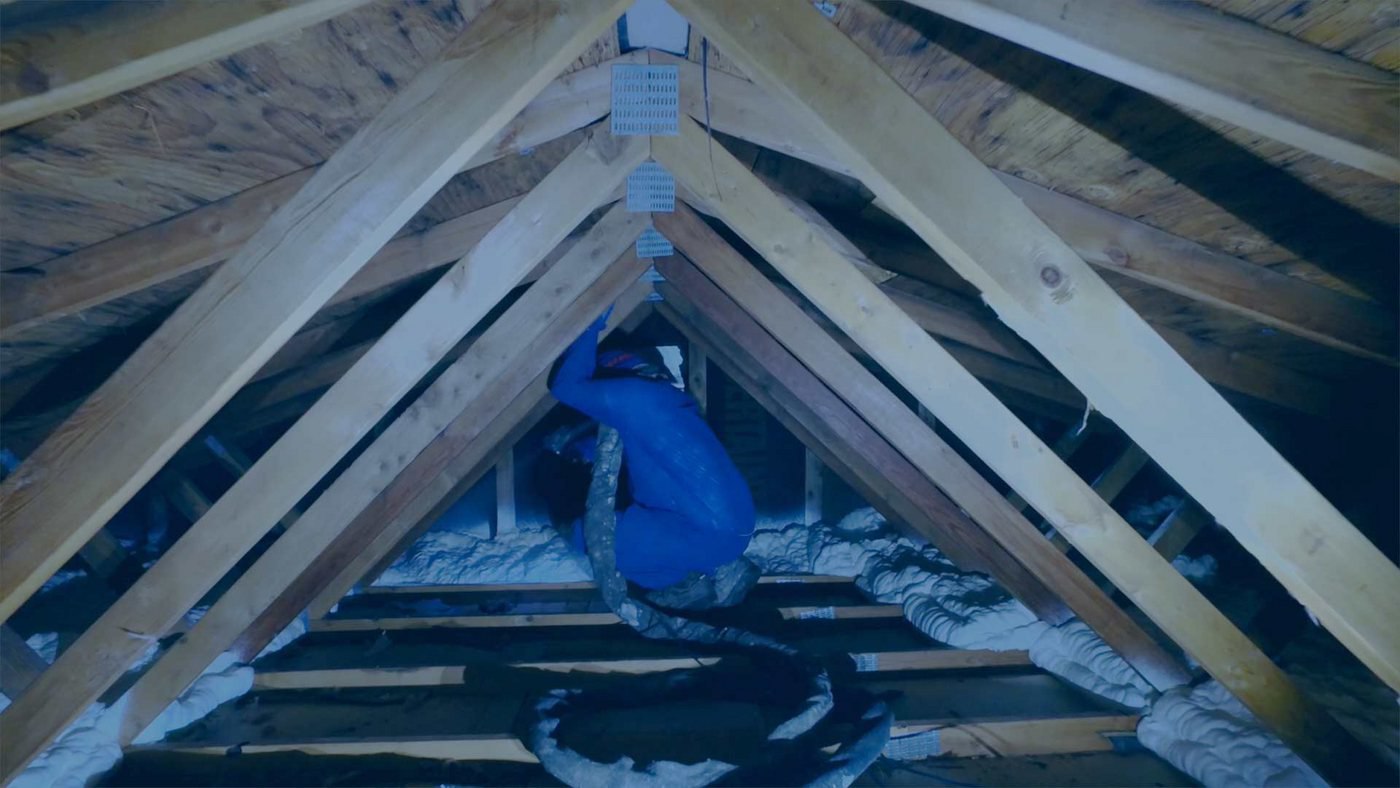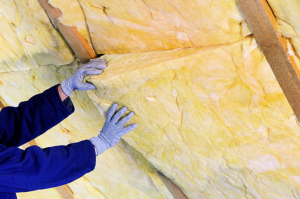To arrive at r 38 you need at least 15 2 inches of blown in fiberglass insulation requiring you to add 3 2 more inches of insulation if you already have 12.
Standard depth of blown in fiberglass insulation attic.
Attic insulation is a key to saving energy during the heating season.
Find your zone on the map and then use the chart to determine the level of insulation you need to properly insulate your attic walls floors and crawlspaces.
Fibreglass insulation material has no nutritional value for insects and less likely to get attacked by them.
First things first you need to go up into your attic inspect the condition of the insulation and calculate the current level of insulation.
Input depth of existing blown in insulation in inches.
For loose fill cellulose this translates to a total depth ranging from 8 inches.
Click the button to calculate the approximate r value for this job.
How deep to put blown in insulation.
Cellulose attic insulation read more.
You d need a thickness of.
For instance if you have fiberglass insulation in your attic 12 inches deep the insulation has an r value of 30.
This type of insulation comes in two types of densities medium and high which translates into an r 11 and r 15 for a standard 2x4 wall.
This calculator is to be used as an estimating tool only.
Inspecting your attic insulation.
A poorly insulated attic lets heat escape through the roof wasting energy used to warm.
When blown into attics and wall spaces loose fill fiberglass offers an average r 2 5 thermal value per inch the higher the number the greater the insulating effect.
Ten inches of blown insulation provides an insulating value of approximately r 30 1 inch of fiberglass provides about r 2 7 while 1 inch of cellulose is approximately r 3.
I wanted an r value between 49 and 60 in my attic so i settled upon a desired depth of twenty inches of insulation.
To ensure an even distribution i cut a dozen dowel rods to match that depth and then spray painted their top halves a bright orange color.
Achieving greater r values in attics the higher the r value the better the thermal performance of the insulation.

